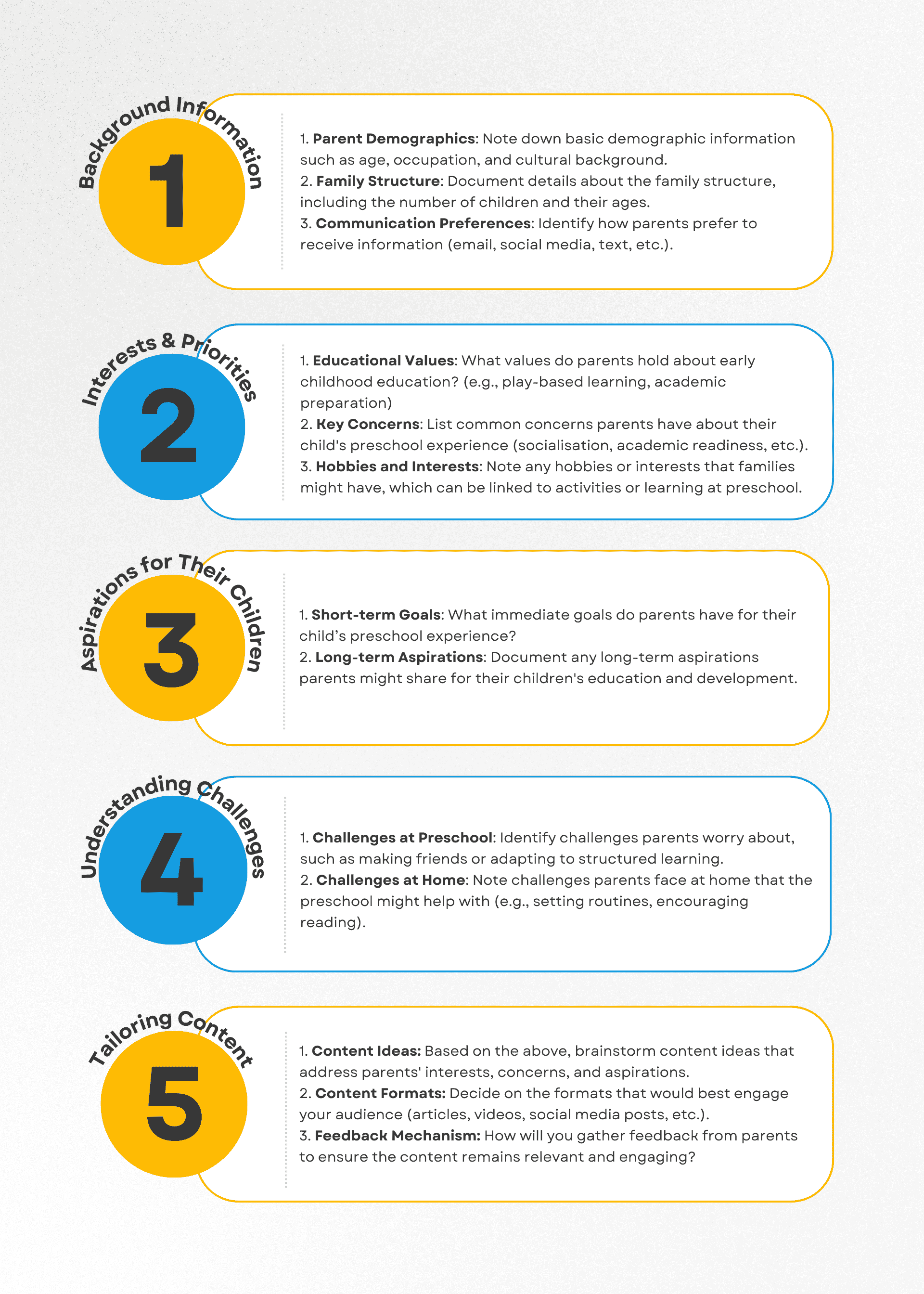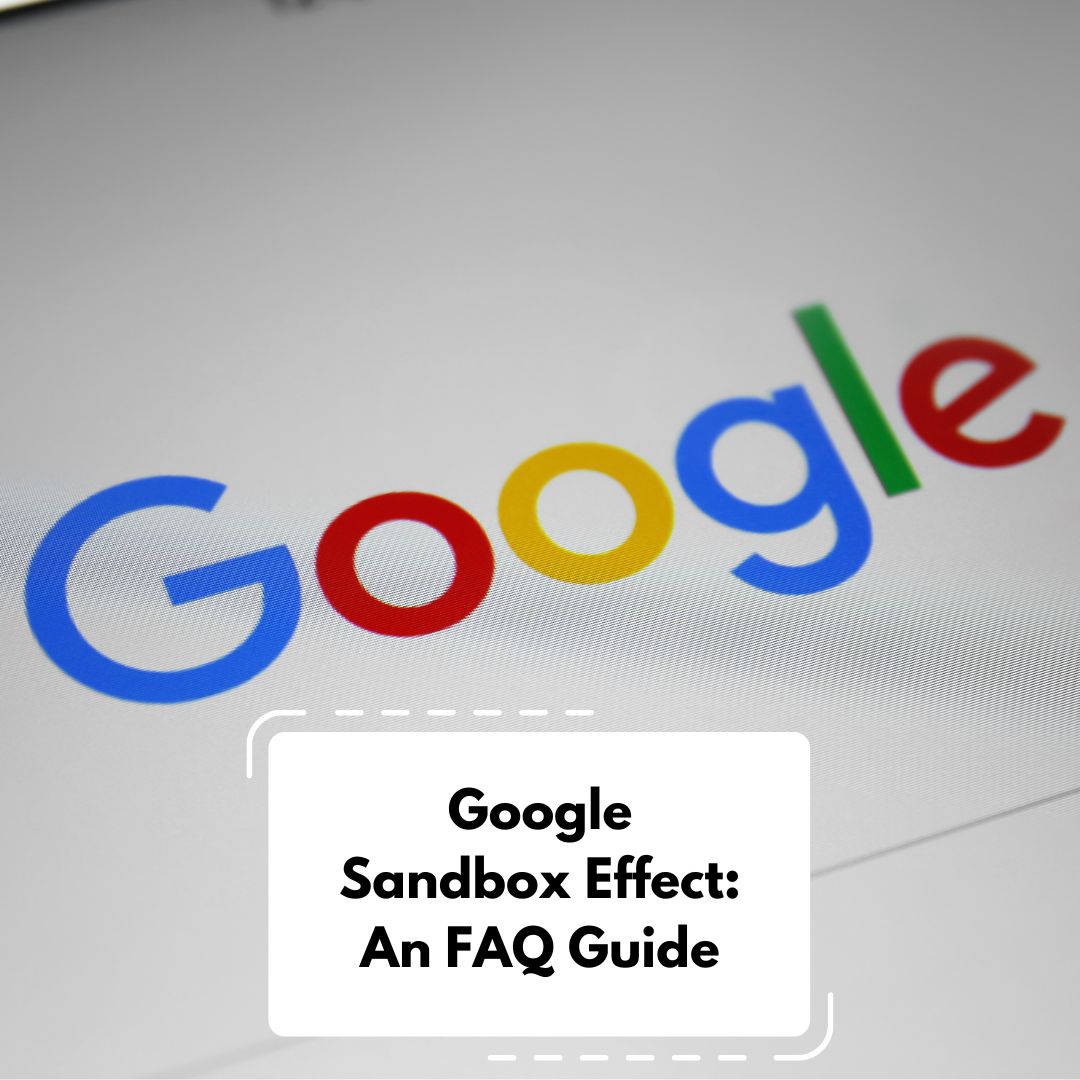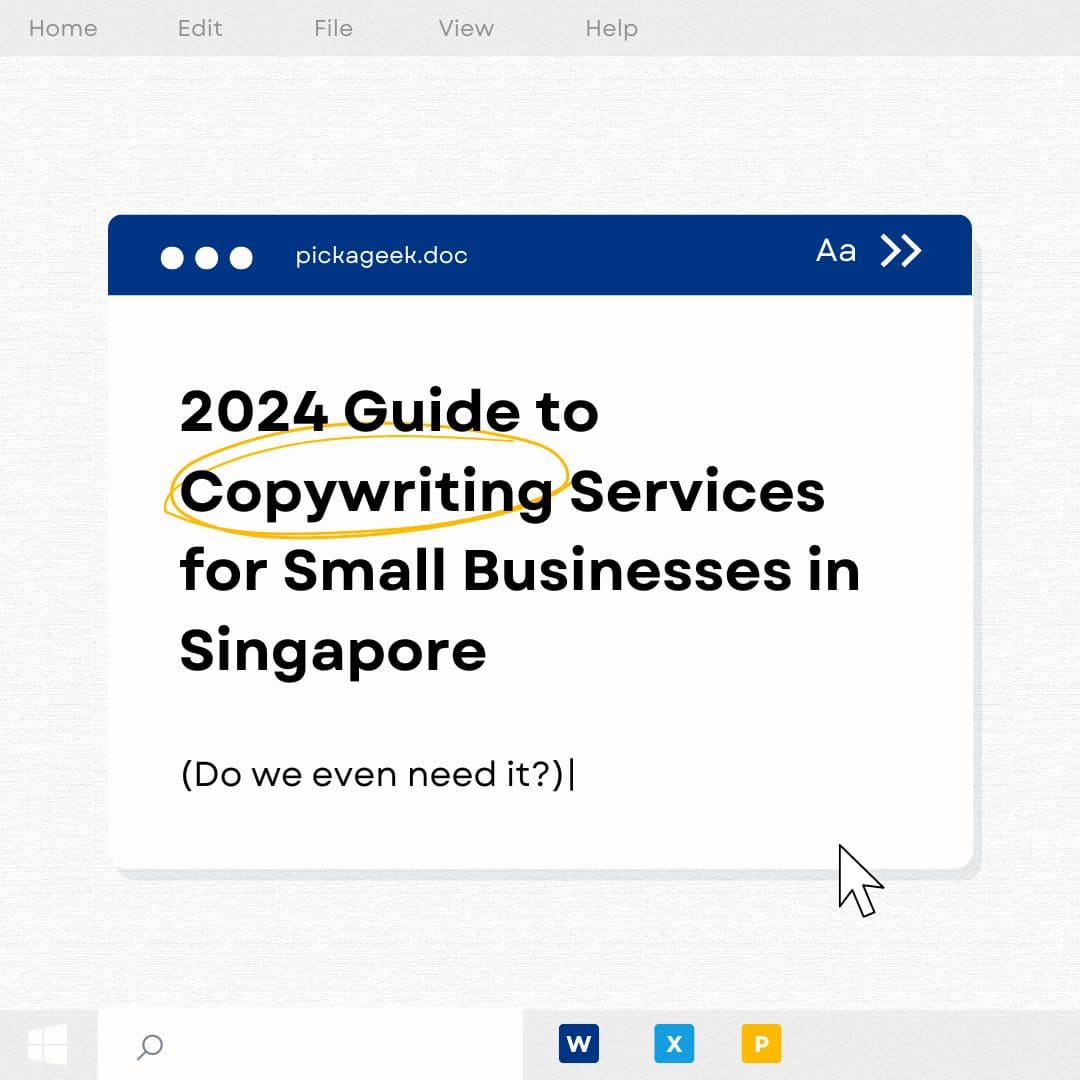What is the Google Sandbox? The term "Google Sandbox" refers to a speculated phase where…
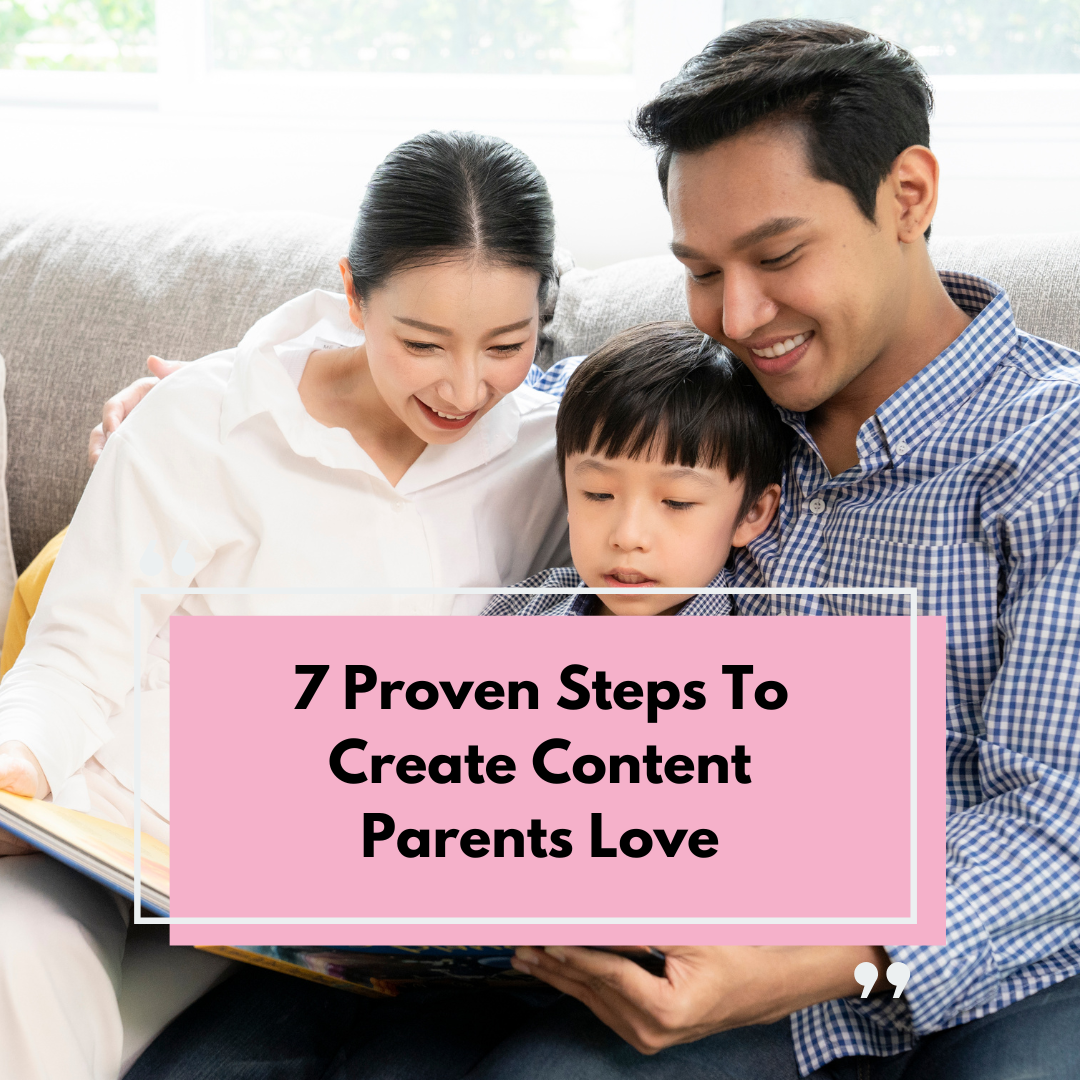
7 Proven Steps To Create Content Parents Love
In today’s world, where every parent’s phone and inbox are overflowing with all sorts of messages and updates, preschools have a big job. They need to cut through the noise and connect with parents in a way that’s both friendly and meaningful. This is all about getting creative with articles, videos, and social media posts that really speak to what parents are looking for. It’s like sitting down for a coffee chat – you want to share stories, tips, and insights that resonate on a personal level, not just blast out information.
To do this right, it’s crucial to really get where parents are coming from. What do they worry about? What excites them about their child’s preschool journey? By tuning into these vibes, preschools can create content that’s not just informative, but also heartwarming and engaging. Think of it as building a bridge with stories and insights that help parents feel supported and connected, all while keeping it professional and upbeat. This way, when a parent sees a post or video from their child’s preschool, they’re not just scrolling past – they’re engaging, learning, and feeling part of a community.
1) Understand Your Audience
Commit to thoroughly understanding the parents in your community by researching their backgrounds, interests, and priorities concerning their children’s early education. It’s not just about demographics; consider what makes them tick, what worries keep them up at night, and what aspirations they harbour for their little ones. For instance, some parents might be concerned about the socialisation aspects of preschool, wondering if their child will make friends or how they will handle separation.
Others might prioritise academic foundations, curious about how you introduce literacy or numeracy. Tailor your content to address these varied concerns, offering examples and solutions that resonate. Share stories of how your preschool promotes friendship and teamwork or explain your approach to fostering a love for learning through play. By directly speaking to these pain points and interests, you create content that feels personalised and deeply relevant to their specific needs and aspirations regarding early childhood education.
2) Understanding Your Parents Worksheet
3) Informative Guides for Parents
Craft articles that serve as a treasure trove of knowledge, offering parents practical tips, advice, and insights into the world of parenting and child development. Delve into subjects that every parent is keen to learn more about, such as ways to nurture creativity within their child, strategies to foster resilience against setbacks, techniques to enhance social-emotional skills, and guidance on overcoming the typical hurdles of early childhood.
For example, you could write a piece on “10 Creative Activities to Boost Your Child’s Imagination at Home” or “Building Resilience: How to Help Your Child Bounce Back from Disappointment”. Another valuable topic might be “The Role of Play in Developing Social Skills”, providing parents with actionable ideas to support their child’s social interactions. These articles should not only inform but also empower parents with the confidence to support their child’s growth and development effectively. By covering these topics, you position your preschool as a supportive partner in their child’s learning journey, offering insights that go beyond the classroom.
Four-Step Worksheet for Content Ideas
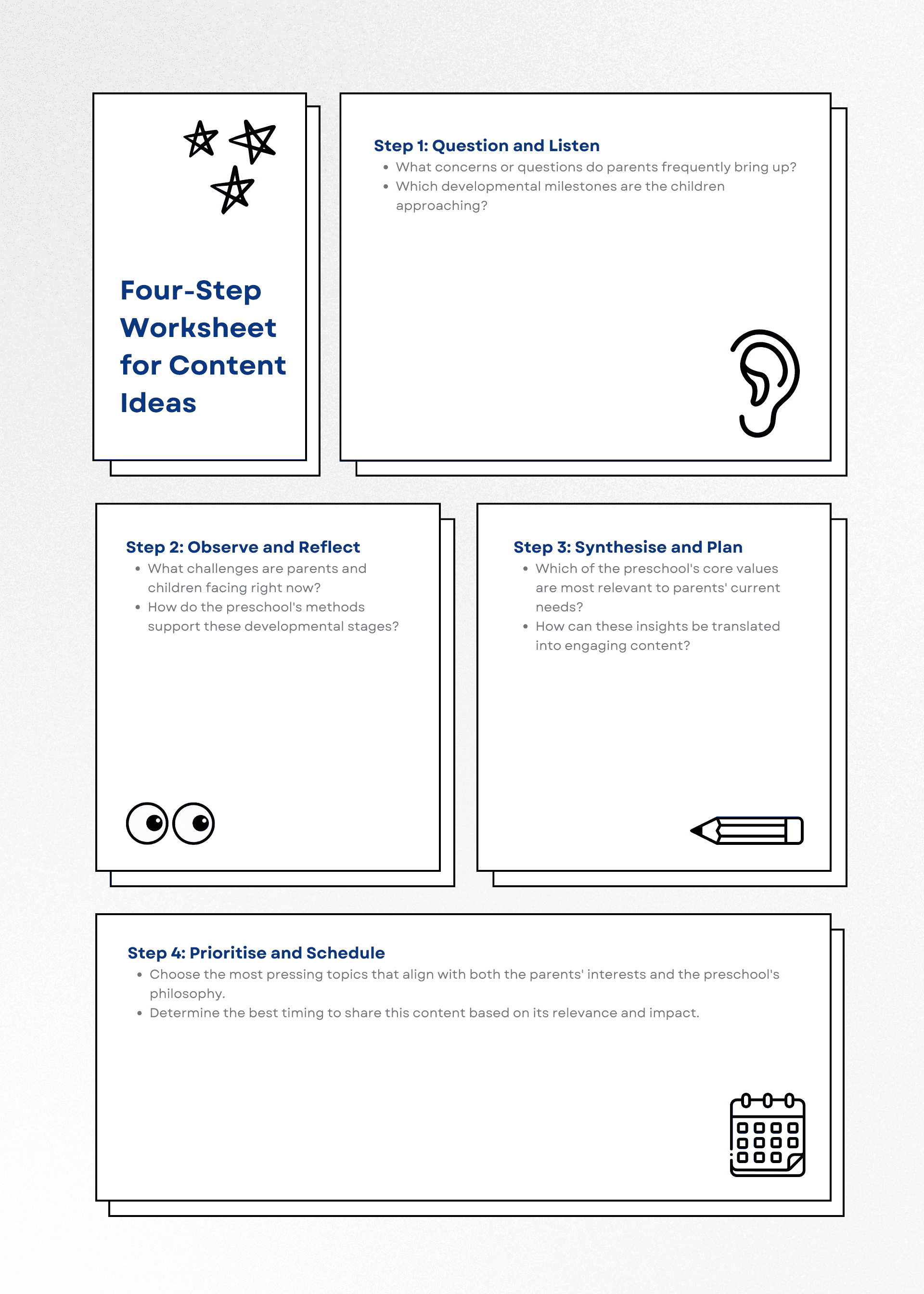
4) Showcasing Student Artwork for Connection:
Put the spotlight on the beautiful art and projects your preschoolers create. This approach is not just visually appealing but deeply personal, showcasing the creativity and learning journey of the children at your preschool. Sharing these artworks and projects through photos or simple video showcases can vividly highlight the unique aspects of your educational approach.
Consider creating a photo gallery or a simple slideshow video that takes parents through a virtual exhibition of the children’s creations. This can show the range of activities at your preschool, from painting and clay modelling to nature collages and storytelling projects. It’s a way to share the joy and discovery that happens every day.
You might also share stories behind certain projects, explaining how they tie into your preschool’s values and educational philosophy. This could include how a group project helped children learn about teamwork or how an art piece was part of a lesson on nature and the environment.
Sharing student artwork makes everything more relatable and heartfelt for parents. It gives them a tangible sense of the nurturing and creative environment their children are part of, reinforcing their confidence in your preschool as a place where their child can thrive.
5) Interactive Social Media Posts
Hop on social media to chat with parents using engaging features like polls, quizzes, and live Q&A sessions. These are brilliant for sparking conversation and getting everyone involved. Why not share a sneak peek of a typical day, or post heartfelt stories from parents and their little ones? Sharing photos and videos that families have sent in adds to this feeling of being part of a big, friendly community.
Imagine posting a quiz about childhood favourite books, or running a poll on the next theme for storytime. Live sessions could include a quick tour of new classroom resources or an ask-me-anything with a beloved teacher. These glimpses into daily life and special moments create a warm, welcoming vibe, making everyone feel connected.
It’s really about building those meaningful connections and showcasing the genuine, caring environment of your preschool. It’s a fabulous way for parents to see the happiness and learning their children experience every day, all while keeping the tone light-hearted yet professional.
6) Regular Updates and Newsletters
Keeping parents updated and involved in their children’s preschool activities strengthens the connection between home and the educational environment. A thoughtfully crafted weekly or monthly newsletter can become an essential tool for this purpose. Here are expanded ideas and examples to make your newsletters more engaging:
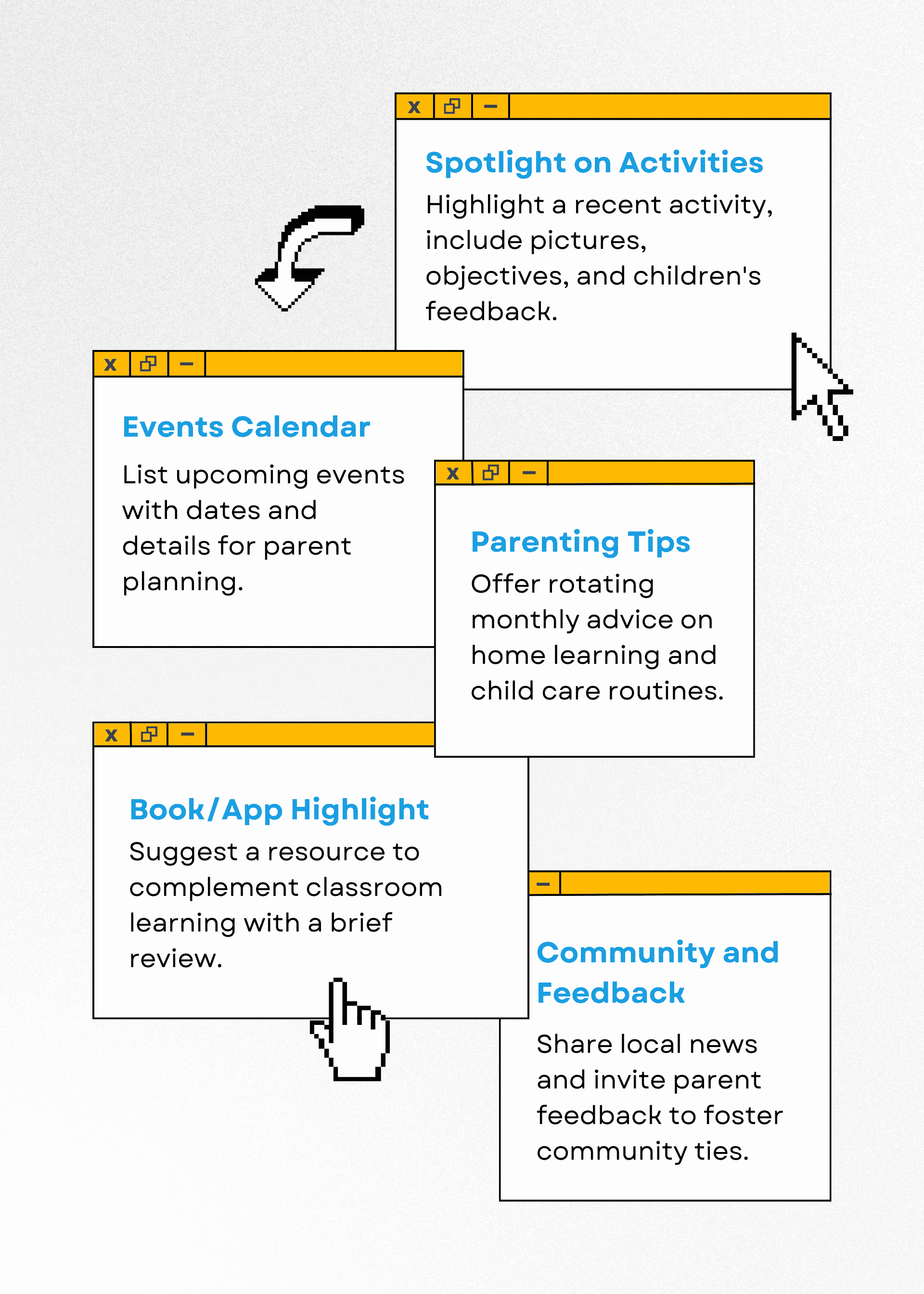
7) Interactive Webinars and Online Classes: Bridging the Gap with Engaging Virtual Learning
Providing interactive webinars and online classes for parents is a fantastic way to engage them in their child’s early learning and development. These sessions can cover a wide range of topics relevant to parenting and early childhood education. Here’s how to enrich this initiative with examples and ideas:
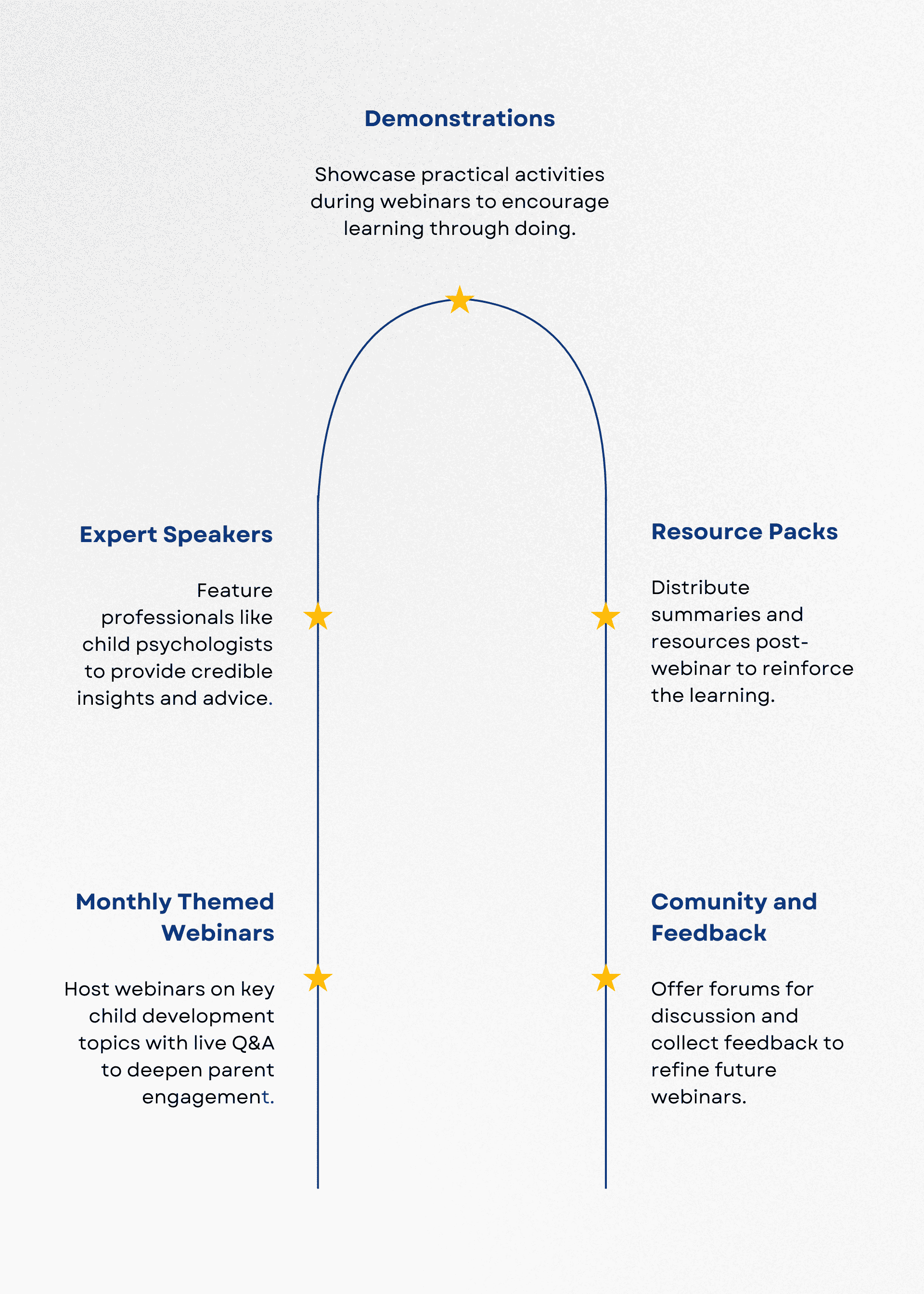
8) Resource Lists and Toolkits
Compiling and sharing well-curated resource lists and toolkits can significantly empower parents to support their children’s development at home. These resources not only offer educational value but also encourage bonding and fun learning experiences. Here’s how you can develop and distribute these valuable toolkits:
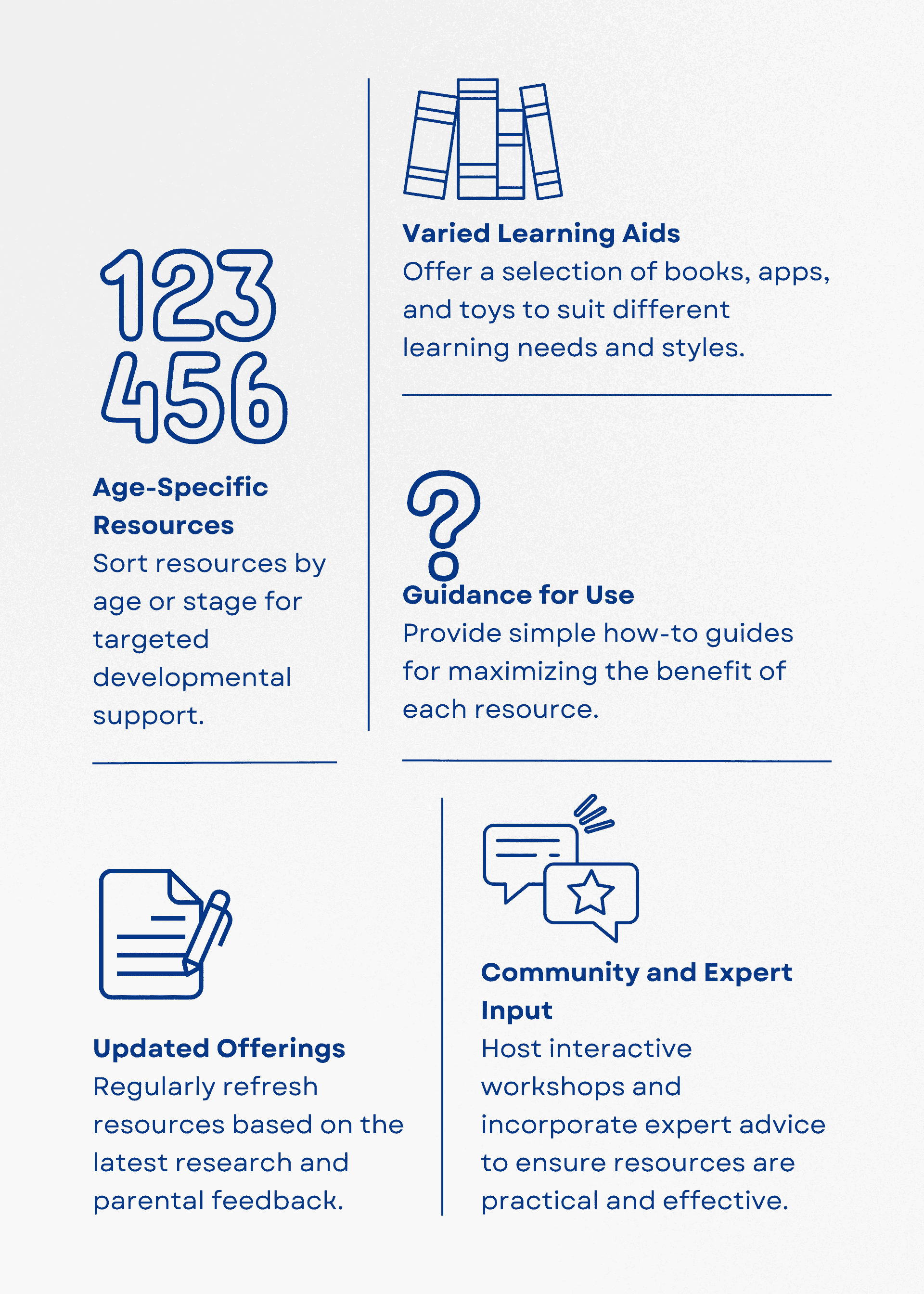
FAQ
Q1: How often should we update our content to keep parents engaged?
A1: Regular updates are key. For social media, try posting a few times a week. Newsletters can be weekly or monthly, and updating resources or hosting webinars can be done quarterly or bi-annually to keep the content fresh and engaging.
Q2: What are some effective ways to understand our audience better?
A2: Surveys, feedback forms, and direct conversations during parent-teacher meetings are great ways to gather insights. Social media analytics and engagement metrics can also offer valuable information about what content resonates most with your audience.
Q3: How can we make our social media posts more interactive?
A3: Use features like polls, quizzes, and questions in your posts. Live videos with Q&A sessions are also highly interactive. Encouraging user-generated content, such as photos or stories from parents, can boost engagement.
Q4: Can you give examples of resource list items for different age groups?
A4: For toddlers, focus on sensory toys and picture books. For older preschoolers, introduce simple puzzles, alphabet games, and apps that foster basic math skills. Tailor the resources to support developmental milestones relevant to each age group.
Q5: How do we choose topics for webinars and online classes?
A5: Base your topics on common questions or concerns you hear from parents, emerging trends in child development, and areas where parents might be seeking more support, such as behaviour management, nutrition, or creative play ideas.
Q6: What’s the best way to promote our newsletters and webinars to ensure high parent engagement?
A6: Promote through multiple channels: email, social media, and reminders in personal communication apps or platforms you use. Highlighting key takeaways or exclusive content can also incentivize parents to sign up and participate.
Q7: How can we measure the success of our content?
A7: Look at engagement metrics such as likes, shares, comments, and attendance at events or webinars. Surveys can also gauge parent satisfaction and collect feedback on what topics or formats they find most valuable.
Q8: How do we ensure our content remains inclusive and accessible to all parents?
A8: Use clear, jargon-free language, and provide content in various formats (text, video, audio) to cater to different preferences. Consider translations for non-English-speaking families and ensure resources recommended are affordable or offer free alternatives.
Conclusion
Creating content that truly clicks with parents isn’t just about throwing information their way; it’s about really getting what they’re all about – their worries, their wishes, and what they value for their little ones. By dishing out valuable, enlightening, and engaging stuff across all sorts of platforms, preschools can truly connect with parents and become their go-to for advice and support on the parenting path. We know it’s a tall order to keep coming up with fresh ideas and to keep the posts rolling regularly. That’s where PickAGeek steps in. We’re here to lend a hand in crafting top-notch content quickly and efficiently, taking the heavy lifting off your shoulders. So, with us in your corner, you’re all set to keep those connections with parents strong, supportive, and buzzing with life.

